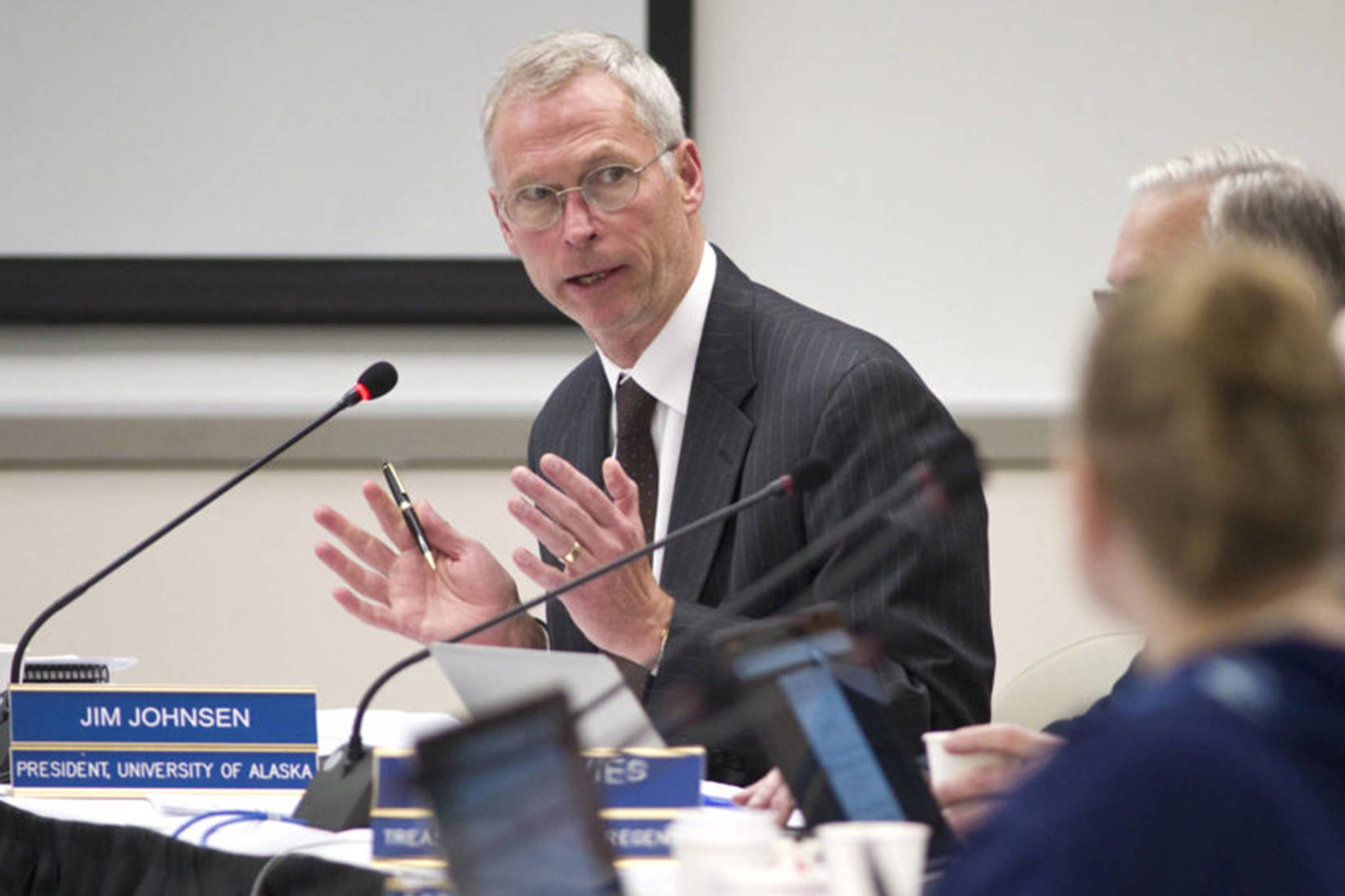There has been much concern regarding the future of the University of Alaska, given the events of the last six months. I’d like to assure all Alaskans that, despite all the upset over our budget and the ongoing need to right-size, no matter what UA’s structure ends up being, UA must and will continue to provide broad access to high quality education and workforce training to students throughout the state.
At statehood UA was established as a single legal and financial entity. Over the years, with support from the state, the university established new campuses and facilities across Alaska. The system grew from one university serving Alaskans at numerous locations to three separately accredited universities — each with a distinctive identity and its own administration.
In 2012, due to decline in the number of students graduating from high school and changes in student preferences, UA student enrollment and associated tuition revenue began to decline. In 2014, state funding for the university followed as oil revenues fell. This year’s funding agreement with the governor provides for a $70 million reduction over three years. While this is far better than the $136 million reduction in one year originally proposed by the governor, by 2022 annual state funding to the university will have declined by $121 million (32%).
These continued reductions require that we right-size the university without downsizing our geographic footprint. I believe many would agree that we should reduce unnecessary administration and focus resources on academic programs and student services. Of course the details matter, and each detail will impact numerous stakeholders.
The immediate issue the Board of Regents must face is the $25 million budget reduction in the fiscal year that started in July, and the right-sizing that must happen as a result. Regents will do so with an eye on another $45 million in cuts over the next two years.
In response to direction from the Board of Regents, we are implementing administrative consolidations across the system. We are collecting input on how best to combine duplicative academic colleges and schools, consolidate research institutes, and better integrate our community campuses. However, the savings we generate from these consolidations are limited by our current structure of three separately accredited universities.
So the broader question the Legislature, the governor, the Board of Regents and all Alaskans are asking is whether we can afford, and effectively staff, three universities, or whether one university, with programs based in locations across the state, can more cost effectively deliver programs and services to all students.
Maintaining three separate universities has the advantage of initially requiring the least structural change and disruption, while preserving local control and identity. However, it also requires three administrations and multiple administrators. This comes with a cost in real dollars which are then not available for students. The three-university structure also has built-in geographic and political constituencies with inevitable silos. That structure impacts UA’s adaptability to respond to a fast changing technological, economic, and demographic reality. It promotes unnecessary competition rather than collaboration, as well as costly differences in student processes and requirements that are barriers to students’ access and progress.
In this funding environment, even if the Board of Regents ultimately decides to maintain three separate universities, those universities will need to change. If savings do not come from elimination of senior administration and redundant bureaucracies, savings must come from the faculty and staff who deliver our academic programs and student services.
The board will need to assess whether preserving the current structure is worth the cost to students and academic programs.
With just 27,000 students across the state, our entire system is the size of one regional university in the lower 48. There is no question that changing back to a single university would pose issues in institutional and program accreditations, as well as challenges to maintaining local responsiveness and a sense of local identity. Change also creates uncertainty and fear, some real, because jobs and programs will be lost, but some groundless because opportunities for innovation will be created.
A transition to one university would not occur without successful accreditation. Nor would it mean that all programs and services would be located in one area. One university would make use of faculty, staff, and facilities across the state to offer programs in-person and online to meet student demand.
Change must happen, regardless of UA’s structure. As we right-size and consolidate administration and academic programs, the Board of Regents and administration will methodically evaluate the options and proceed with a structure that makes the most sense for our students and the state. Because in the end, the University of Alaska must continue to provide access to a high quality education to students all across Alaska.
Jim Johnsen is the 14th president of the University of Alaska.
Jim Johnsen is the 14th president of the University of Alaska.

